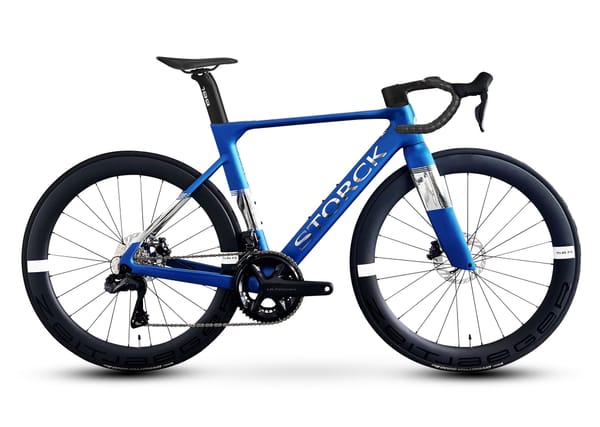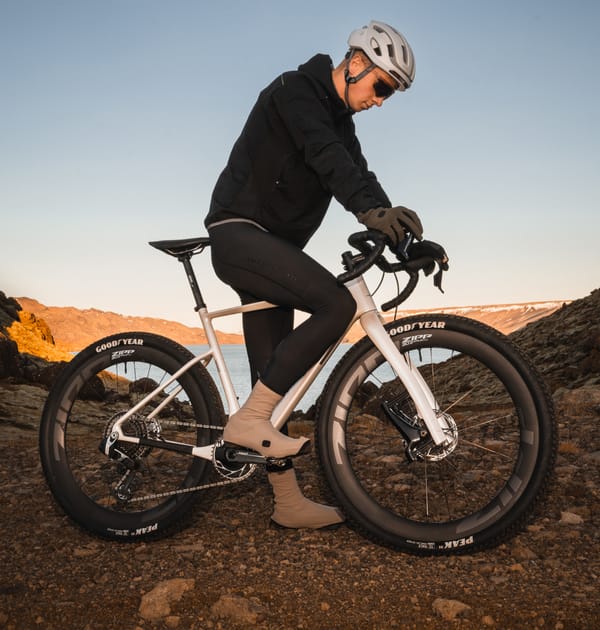Cycling through the Roundabout: Why Doesn’t The U.S. Have More Roundabouts?

If you’re an urban cyclist, you’re likely familiar with the frustration of frequent stops at traffic lights and signs. These stops not only disrupt your flow but also contribute to lower efficiency in urban mobility. For cyclists, the impact of these stops is felt in the form of lost momentum and additional energy exertion.
Interestingly, the concept of ‘hypermiling’ in vehicle terms – maximizing efficiency by reducing stops – can be applied to cycling. Just like electric vehicles (EVs) and internal combustion engine (ICE) vehicles, bicycles also achieve zero efficiency when stationary. The energy lost in stopping and starting is particularly pertinent for cyclists, who rely on physical exertion to power their rides.
The time lost at stops, however, is just one aspect. The environmental impact of idling vehicles at traffic lights is significant, but for cyclists, it’s the loss of a seamless and continuous ride that’s more pertinent. This leads us to the potential solution of roundabouts, which offer a smoother flow of traffic with fewer complete stops. In light traffic conditions, roundabouts can even allow continuous movement, making them a more appealing option for cyclists.
A notable example of roundabout success is seen in Carmel, Indiana. With over 120 roundabouts, this city not only leads the U.S. but also stands at the forefront globally. The introduction of roundabouts has proven beneficial in numerous ways, from reducing environmental impact to saving time. Importantly, roundabouts have also shown to increase safety, with fewer accidents involving both vehicles and pedestrians. This aspect is particularly crucial for cyclists, as roundabouts offer fewer points of conflict compared to traditional intersections.
Despite these benefits, the adoption of roundabouts in the United States has been slow. This can be attributed to various factors, including urban planning challenges and historical preferences for traffic light systems. Yet, the modern resurgence of roundabouts, inspired by improved European designs, is gradually changing this landscape.
While roundabouts offer several advantages, they are not without their drawbacks. In Europe, some cities are reducing roundabouts in favor of traffic lights to better accommodate cyclists. This highlights the need for a balanced approach in urban planning, considering the specific needs of cyclists. Protected bike lanes integrated into roundabouts can significantly enhance cyclist safety and efficiency.
In high-traffic scenarios, roundabouts may reach their capacity limits, necessitating alternative solutions such as multi-lane roundabouts or more complex freeway-like interchanges. However, these alternatives come with their own set of challenges and costs.
For cyclists, the shift towards roundabouts can be a game-changer. It’s not only about smoother rides and reduced stopping times but also about enhancing safety and contributing to a more environmentally friendly urban transport system. As cities like Carmel lead the way, the future of urban cycling could see a significant shift towards more roundabout-centric designs, fostering a safer and more efficient environment for all.





